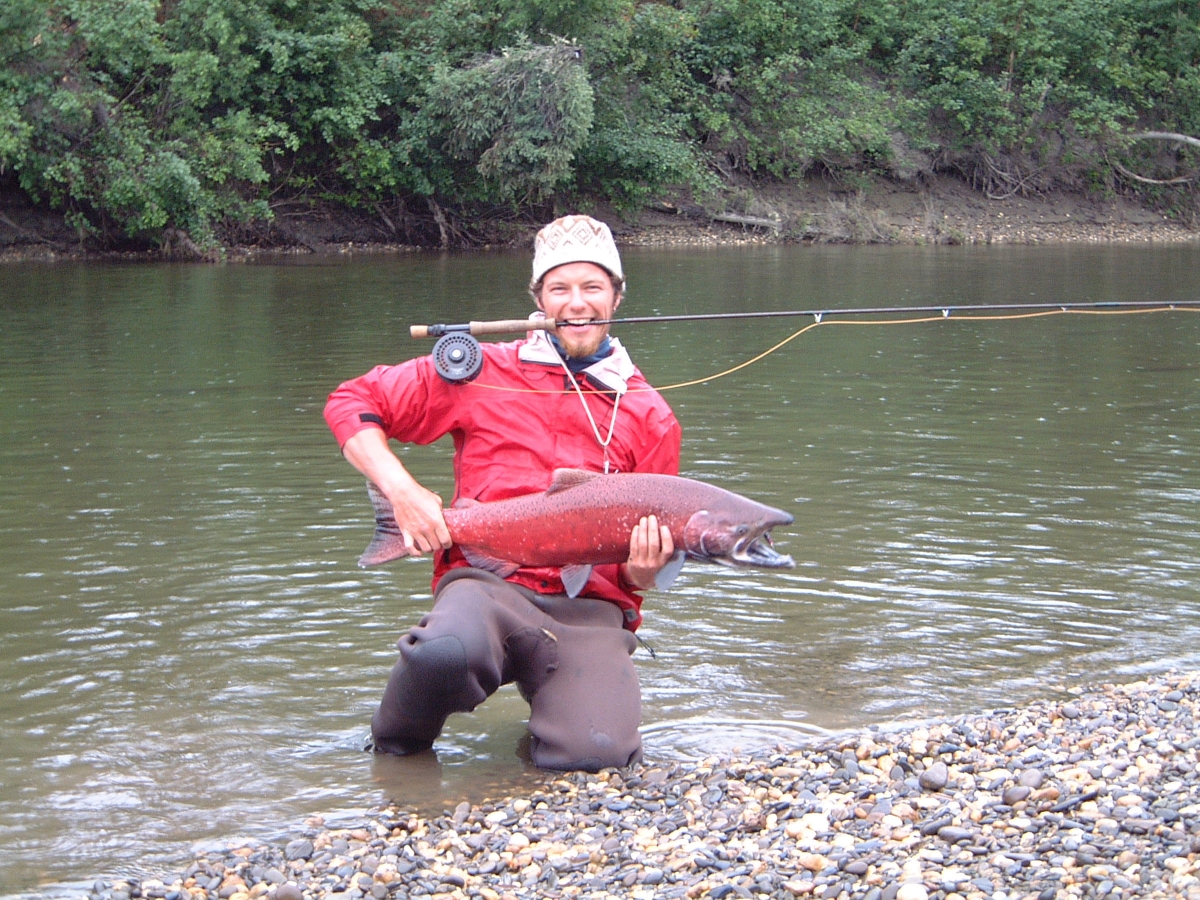June 17, 2015 — Katherine Pease, watershed scientist, reports back on Heal the Bay’s first plunge into freshwater quality testing at three local swimming spots in the Santa Monica Mountains.
Here at Heal the Bay we care deeply about water quality and public health. Our Beach Report Card has been helping beachgoers and swimmers make informed decisions for many years about where to go with their friends and family for a safe day at the beach.
But what about freshwater?
That was the question we hoped to answer last summer in a pilot project to assess usage and water quality of popular freshwater swimming holes in the Santa Monica Mountains. We selected three locations for our pilot study: the Rock Pool in Malibu Creek State Park, Las Virgenes Creek at the first bridge crossing in Malibu Creek State, and Solstice Canyon waterfall on National Park Service land.
A dedicated team of staff, interns, and volunteers visited each site approximately twice a week from the end of June to the end of September. At each visit, we recorded the number of visitors and swimmers as well as demographics of the visitors to identify communities possibly at risk and to help guide any future outreach. We collected site data (air and water temperature, amount of trash, presence of animals in the water, and water clarity, color, and smell) and a water sample, which we then processed in our laboratory to test for E. coli, and Enterococcus, two kinds of fecal indicator bacteria. Fecal indictor bacteria are not necessarily harmful themselves but they indicate the possible presence of disease-causing microorganisms. Water contaminated with these microorganisms can lead to illnesses such as gastroenteritis and upper respiratory infections as well as more serious diseases. Bacteria and other microorganisms can come from human waste (leaky or malfunctioning septic tanks, sewage leaks) as well as animal waste (dogs, horses, birds) that enter the waterbody directly or through runoff.
Since this was only a pilot project, we didn’t have the ability to share our results immediately with the public. But after several months of data analysis and number crunching, we’re able to reveal some key findings in the table below:
| Site |
Water Quality |
Usage by Swimmers |
| Las Virgenes Creek |
Very Poor |
Consistent |
| Rock Pool |
Poor to Moderate |
Heavy |
| Solstice Canyon |
Good |
Minimal |
Unfortunately, we found high levels of fecal indictor bacteria, particularly in Las Virgenes Creek and at the Rock Pool. At Las Virgenes Creek, 61% of the samples were over the limit for Enterococcus, while 28% of the samples were over the limit for E. coli. At Rock Pool, 22% of the samples were over the limit for Enterococcus, while 11% of the samples were over the limit for E. coli. At Solstice Canyon, 10% of the samples were over the limit for Enterococcus, while none of the samples were over the limit for E. coli.
Read our full study report here, which also includes information on how to get involved with the Stream Team volunteer corps.
In conclusion, we found that there are likely public health risks at popular swimming spots in the Santa Monica Mountains, particularly in Malibu Creek State Park. Based on our observations, the community most at risk is the Hispanic community and particularly families at Las Virgenes Creek. There is a need for bilingual signage, education, and outreach so that at a minimum, all visitors can be informed that there is a potential risk to swim in Las Virgenes Creek and Rock Pool. We plan to meet with staff from LA County Department of Public Health, State Parks, and the National Park Service to discuss our results and advocate for public health protection. We hope to continue monitoring water quality this summer to determine whether the trends stay consistent.
On a personal level, I was struck by the interest and excitement of the public in what we were doing. Visitors were curious to know if the water was safe to swim in. I had one memorable conversation with a man from North Hollywood who was visiting Rock Pool for the first time. He watched us carefully for a bit, then asked what we were doing. He was there with his family, including a young daughter. That morning when they arrived at the swimming hole, his daughter asked him who makes sure the water is safe and OK to swim in. He didn’t know the answer. So, when he saw us there, he was happy to see that someone was testing the water and thanked us profusely.
While the results from the pilot are indeed concerning, we’re reluctant to completely discourage people from swimming at the three sampling sites. Rather, we advocate using caution and common sense if you choose to take a dip at a local swimming hole:
- Don’t swallow any water.
- Avoid swimming if you have any cuts or sores.
- After taking a dip, be sure to shower with soap.
And, of course…there are always the beaches! Check the Beach Report Card for the latest water quality grades at your favorite beach, and we’ll continue our work on improving water quality across the Santa Monica Bay–in both fresh and ocean water.
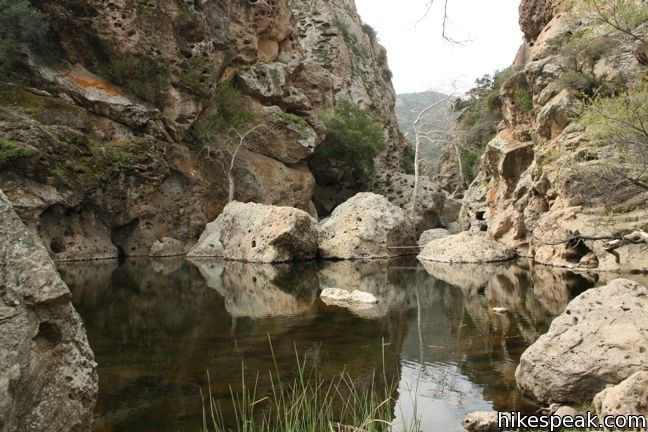
An idyllic scene from Rock Pool in Malibu Creek State Park
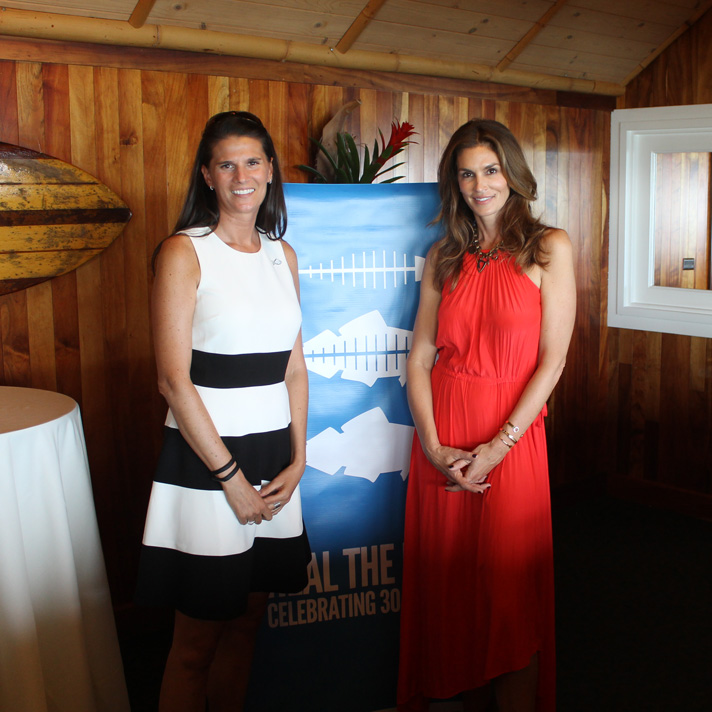 It’s not every night we get to schmooze with a supermodel. And when the schmoozing takes place overlooking the ocean, well, what could be more perfect? Thanks to our friends at Dukes of Malibu for donating the room with a view. And special thanks to Cindy Crawford for joining us late last month for the evening of drinks and small bites.
It’s not every night we get to schmooze with a supermodel. And when the schmoozing takes place overlooking the ocean, well, what could be more perfect? Thanks to our friends at Dukes of Malibu for donating the room with a view. And special thanks to Cindy Crawford for joining us late last month for the evening of drinks and small bites.


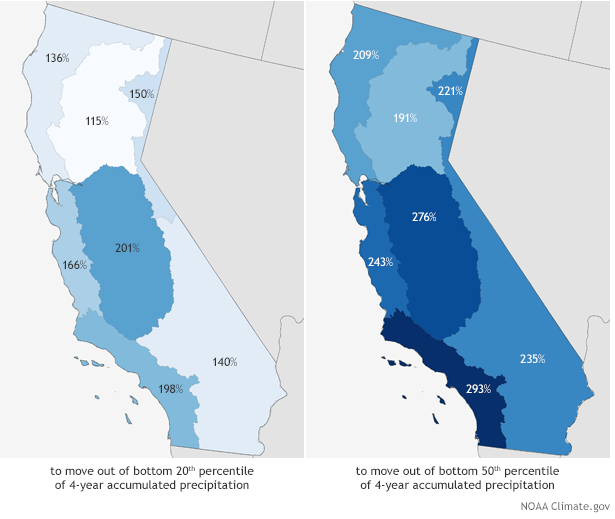
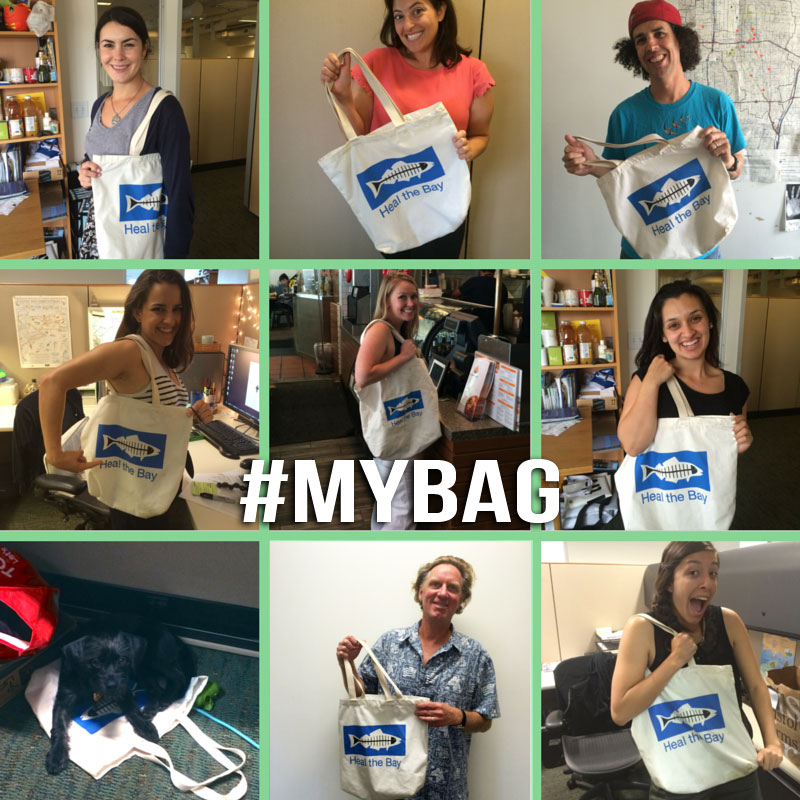
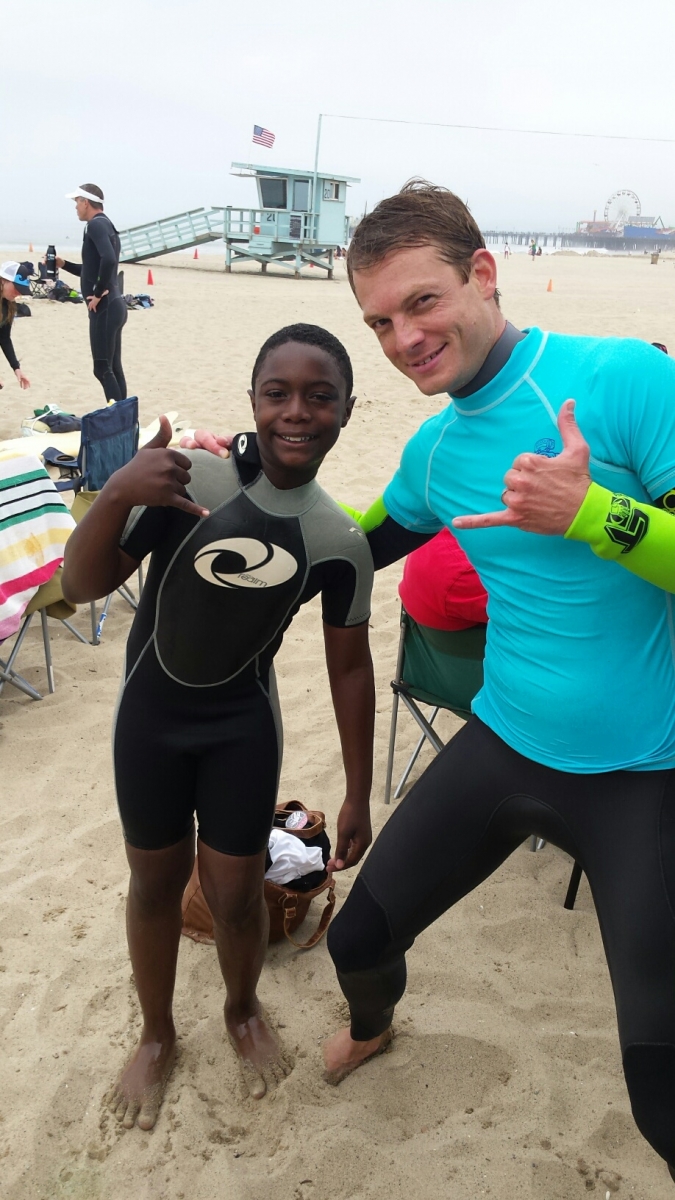
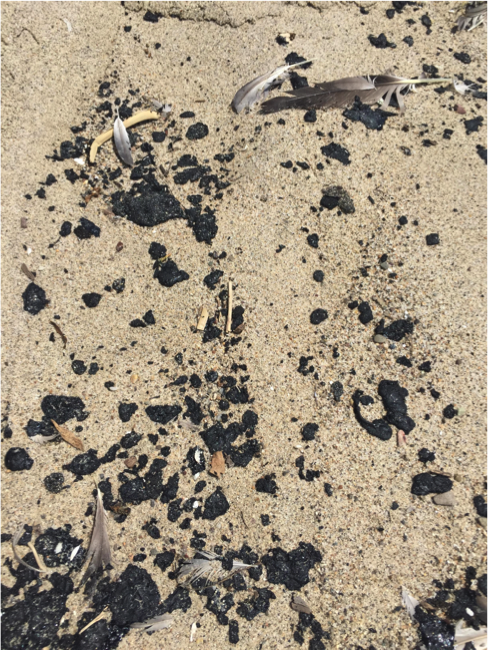
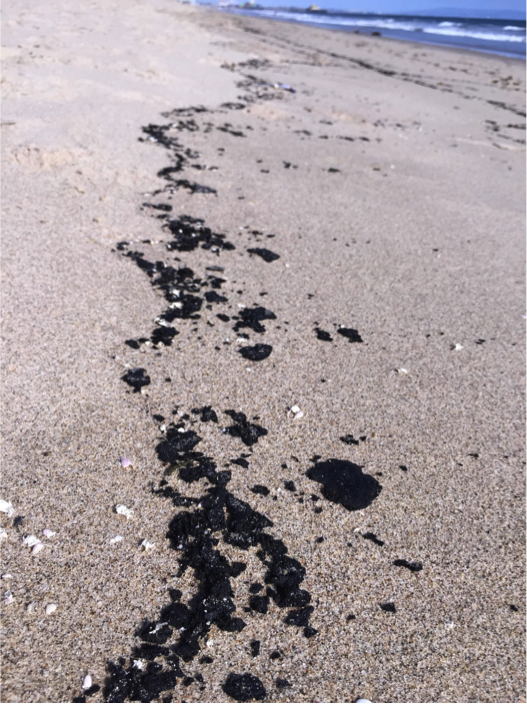
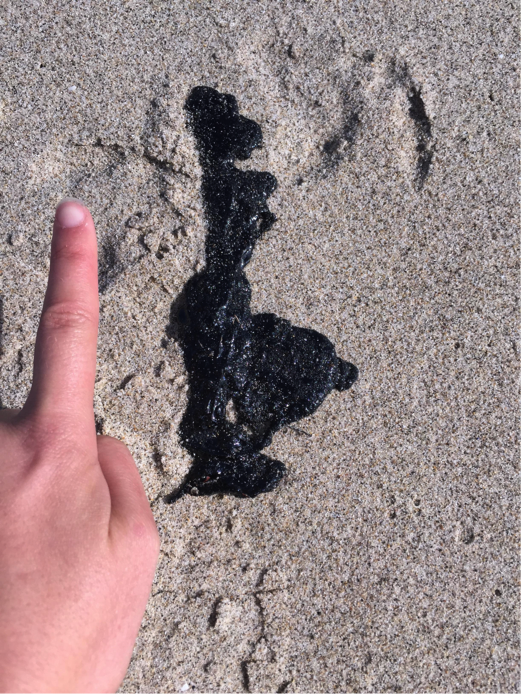
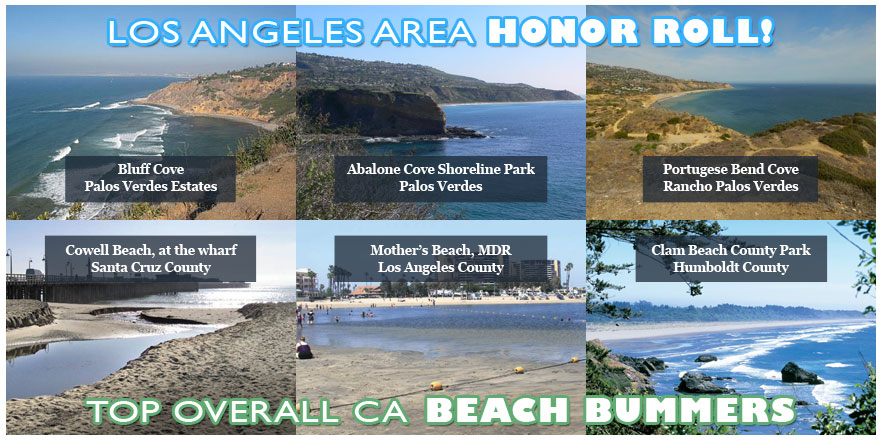

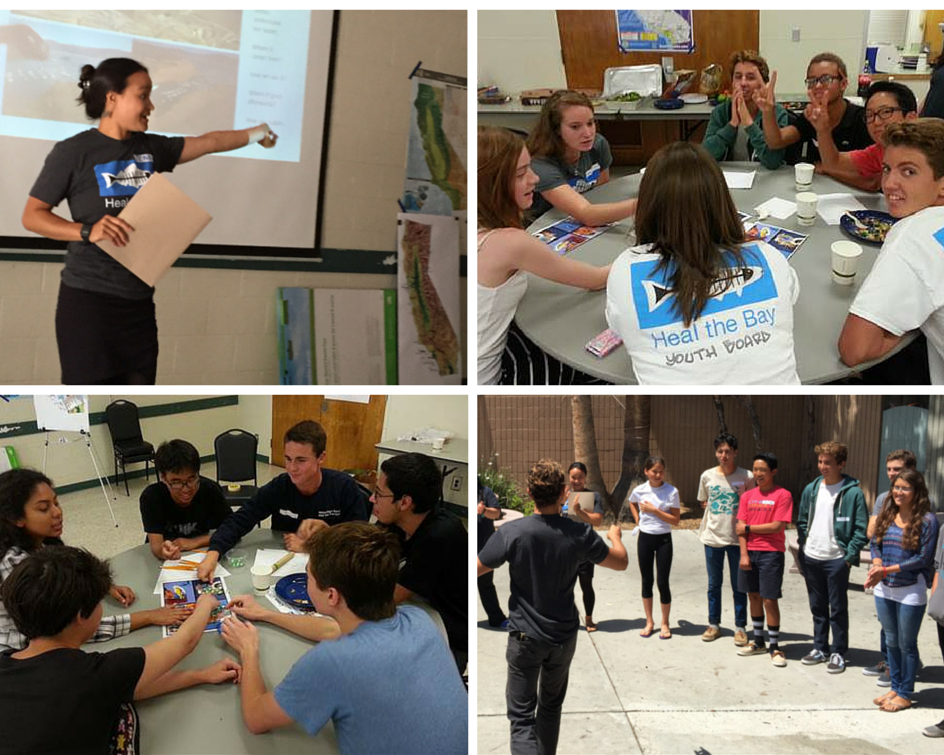
 Salmon are born in fresh water, travel to the ocean in their adult life and return to fresh water to lay eggs. They are a keystone species, meaning they play an important role in the nutrient-starved ecosystems where they spawn. When the Pacific salmon die, the nutrients in their body that they obtained from their lives out in the ocean are released into the Arctic, beginning the explosion of life that occurs during the spring and summer months. Without these nutrients the Arctic ecosystem would be unable to function properly.
Salmon are born in fresh water, travel to the ocean in their adult life and return to fresh water to lay eggs. They are a keystone species, meaning they play an important role in the nutrient-starved ecosystems where they spawn. When the Pacific salmon die, the nutrients in their body that they obtained from their lives out in the ocean are released into the Arctic, beginning the explosion of life that occurs during the spring and summer months. Without these nutrients the Arctic ecosystem would be unable to function properly.